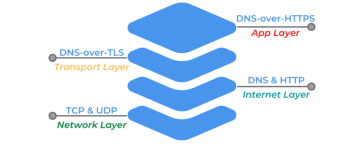- Feb 4, 2016
- 2,520
Earlier this year, BleepingComputer reported on hackers hiding malware in fake Windows error logs.
After gaining access to a Windows system and achieving persistence, the malware would read from a ".chk" file that impersonated event logs.
The apparent hexadecimal characters on the right side are actually decimal characters used to construct an encoded payload via rogue scheduled tasks.
More information has emerged on this complex malware and some other sinister tasks it carries out.
... ...



